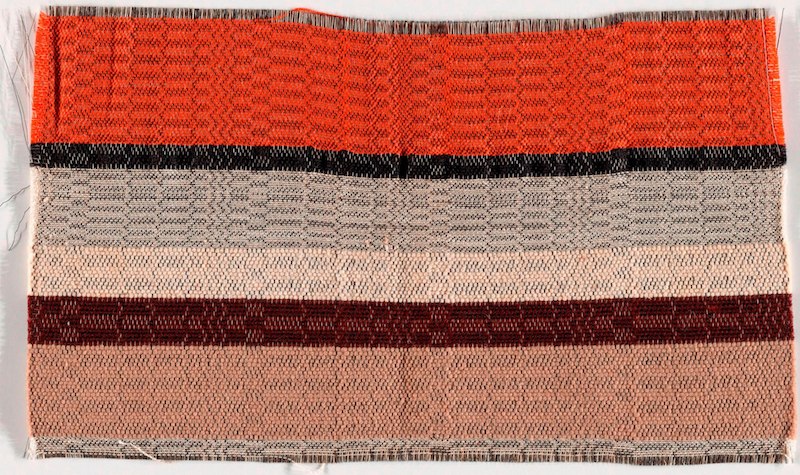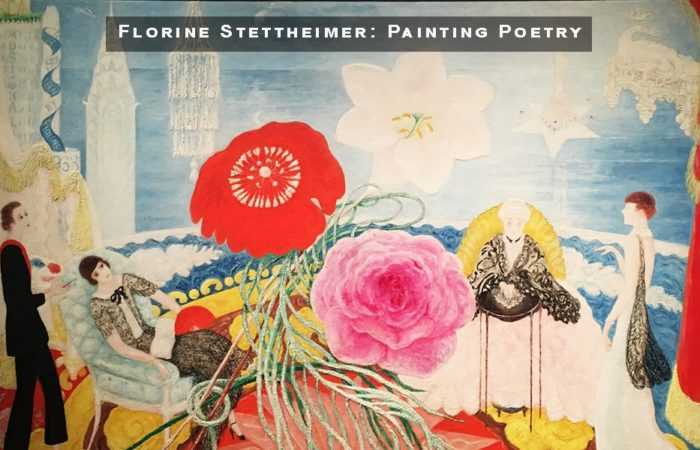The Timeless Textiles of Gunta Stölzl
Who was textile artist Gunta Stolzl?
Gunta Stölzl was a prominent textile artist and one of the key figures associated with the Bauhaus movement. She was born on March 5, 1897, in Munich, Germany, and passed away on April 22, 1983, in Switzerland.
Stölzl is best known for her pioneering work in textile design and her significant contributions to modern weaving techniques. She initially studied painting at the Kunstgewerbeschule (School of Arts and Crafts) in Munich, but she became increasingly interested in weaving during her time there. In 1919, she joined the Bauhaus school in Weimar, Germany, which was a renowned center for arts, crafts, and architecture. The Bauhaus encouraged interdisciplinary approaches, and this allowed Stölzl to explore and innovate within the field of textiles.

Textile Artist Gunta Stölzl
In 1925, Gunta Stölzl became the first woman to join the Bauhaus’s weaving workshop as a master. She later took charge of the weaving workshop and played a crucial role in elevating weaving from a traditional craft to an art form, integrating it with modern design principles. She embraced new materials, colors, and abstract forms, pushing the boundaries of textile art.
However, in 1931, she faced increasing pressure to resign from her position at the Bauhaus due to political tensions and conflicts within the institution. After leaving the Bauhaus, she continued her artistic pursuits in Switzerland, where she worked as a freelance designer and weaver. Stölzl’s works demonstrated a blend of traditional weaving techniques and modernist aesthetics.
Gunta Stölzl’s influence on textile art and design continues to be recognized and celebrated, and her contributions to the Bauhaus movement have left a lasting impact on the history of modern art and design.
Gunta Stölzl’s History
Gunta Stölzl was born in Munich, Bavaria in 1897. After high school she began to study applied arts, but was interrupted by World War I. She left home to be on the front lines of the war as a Red Cross nurse. Upon her return, she spent another brief period of time studying art again at the Kunstgewerbeschule, or School of Applied Arts in Germany. While participating in reforming the curriculum at the school, she was introduced to the Bauhaus school. Deciding she wanted to attend, she was accepted into the school with a full scholarship in 1920.

Gunta Stölzl
Bauhaus Education & Teaching
Within her very first year at the Bauhaus, Stölzl’s work and passion stood out. She was instrumental in forming the “women’s department.” Due to stereotypical gender roles in the 1920s, this was simply the name for the Bauhaus weaving department. Since weaving was simply seen as women’s work at the time, rather than an art, the leadership within the school had little interest in the department. As such, Stölzl and the other women weavers in the department largely learned and developed the art on their own. They put great effort into this, with Stölzl even taking a trip to Italy to study the art and architecture of the country, and taking textile dyeing courses at other schools. It became clear that out of all of the women in the weaving workshop, Stölzl was really going above and beyond and taking on the role of teaching everyone else.

Gunta Stölzl at the Bauhaus
After Stölzl’s graduation from the Bauhaus, it relocated to Dessau in 1926. She returned to the school, this time as the technical director of the weaving studio. When the school relocated, it upgraded its equipment as well. These improved dyeing facilities and wider variety of different looms gave Stölzl much more flexibility in her teaching. She taught alongside many other famous Bauhaus women, including Anni Albers, Otti Berger, and Benita Otte.

A carpet by Gunta Stölzl in 1923.
Gunta Stölzl is well known for her work to change the perception of weaving. Throughout various efforts, she began to move the stereotype away from “women’s work” and help it to be seen as the art it is. She continued this effort through the rest of her time at the Bauhaus. Unfortunately, at this time in Germany, the Nazi party was rapidly gaining power. The school’s ideologies did not line up with the political pressure to conform, and Stölzl did not want to compromise her values. As such, she was dismissed in 1931. The Bauhaus itself was closed by the Nazis just one year later.

A piece of upholstery fabric for chairs by Gunta Stölzl.
S&H Stoffe and Legacy
After she left the Bauhaus, the Swiss artists association “Schweizerischer Werkbund” profiled Stölzl in their official magazine. This was incredibly helpful to her post-Bauhaus career. Stölzl moved to Zurich and opened a private business, S&H Stoffe (S&H Fabrics in English) with her former classmate Heinrich-Otto Hürlimann. She passionately ran this business until 1967, when she left the business to fully devote her time to tapestry weaving and creating interior design textiles. It was during this same year that London’s Victoria and Albert Museum acquired some of her pieces for their collection. Her pieces were already on display in other museums, including the Museum of Modern Art in New York. She passed away in 1983, leaving behind an incredible legacy.

A textile by Gunta Stölzl
This art blog about the textiles of Gunta Stölzl was published by Nazmiyal Antique Rugs.



